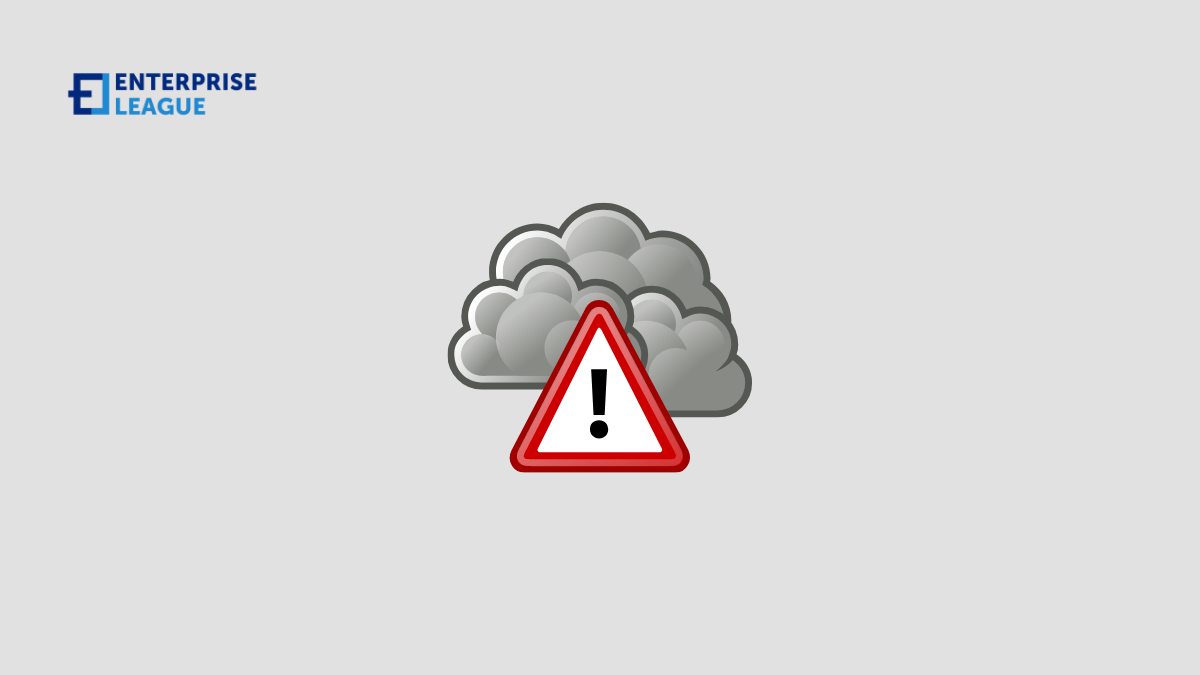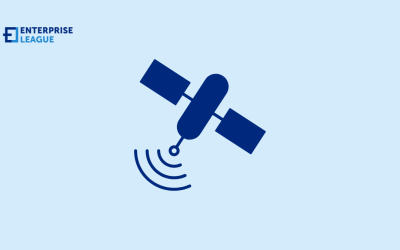As any business owner knows, severe weather can pose a serious threat to both employees and operations. High winds can topple trees and power lines, while heavy rains can lead to flooding and property damage. And of course, extreme heat can lead to heat stroke and other health problems.
That’s why it’s important to mitigate risks associated with severe weather by implementing a comprehensive safety plan.
9 tips for implementing severe weather safety in the workplace
Here are nine ways to get ensure severe weather safety in the workplace:
Inspect the building for potential hazards
Assign emergency response roles
Emergency preparedness isn’t a one-person job. To ensure that your workplace is prepared for severe weather, you should assign emergency response roles to multiple employees. This way, you can be sure that someone will be available to take charge in an emergency. Commonly assigned roles include an emergency coordinator, first responders, and building evacuation leaders.
Keep an eye on the forecast
This may seem like a no-brainer, but it’s always a good idea to keep an eye on the weather forecast, especially if there’s a chance of severe weather. High winds, heavy rains, and even snow can all pose a hazard to workers. By monitoring the forecast, you can be sure to take the necessary precautions to keep your employees safe.
In addition to keeping an eye on the forecast, it’s also important to stay informed about severe weather conditions. You can sign up for alerts from the National Weather Service or your local news station. This way, you’ll be sure to receive timely information about any severe weather heading your way.
Have a plan in place
In the event of severe weather, you should have a plan in place for how your employees will stay safe. It’d be best if you tailored this plan to your specific workplace and the types of hazards you might face. For example, if you live in an area prone to hurricanes, you should plan how your employees will evacuate the premises if necessary. However, if you live in an area that’s more likely to experience severe thunderstorms, you should have a plan for how your employees can take shelter.
Develop a severe weather policy
In addition to having a plan, you should also develop a severe weather policy for your workplace. This policy should outline what employees should do in severe weather and any safety procedures they should follow. For example, your policy might state that all employees should evacuate the premises in the event of a tornado warning. Or, your policy might require all employees to stay indoors and away from windows during a thunderstorm.
By having a severe weather policy in place, you can be sure that your employees are aware of the procedures they should follow in the event of severe weather.
Stock up on supplies
In the event of severe weather, it’s important to have the supplies you need to keep your employees safe. This might include items like first-aid kits, flashlights, and batteries. It would help if you also considered stocking up on non-perishable food and water in case of an extended power outage. By having the supplies you need on hand, you can be sure that your employees will be taken care of.
Train employees how to properly use emergency equipment
If you have any emergency equipment in your workplace, it’s important to ensure that all employees know how to use it. This might include fire extinguishers, first-aid kits, and emergency generators. Furthermore, you should hold regular training sessions to ensure that all employees are familiar with the proper use of the emergency equipment. If you’re not sure how to appropriately train your staff, you can find excellent training materials at Safety Videos.
Keep your employees informed
To ensure that your employees are safe during severe weather events, keeping them informed of the latest forecast is important. This might include sending out updates via email or text message, posting information in a central location, or using an emergency alert system. It’d be best if you also let them know what actions you’re taking to keep the workplace safe.
Conduct regular drills
Finally, one of the best ways to ensure severe weather safety in the workplace is to conduct regular drills. By regularly practicing what to do in severe weather, employees will be better prepared to act quickly and efficiently if a real emergency occurs. Furthermore, drills provide an opportunity to identify potential weaknesses in the emergency plan and make necessary adjustments.
Conclusion
Severe weather can pose a serious threat to the safety of your employees. However, there are steps you can take to help ensure their safety. By following the tips above, you can create a safer workplace for everyone.
More must-read stories from Enterprise League:
- 15 virtual networking events to get you back in the game.
- Get your product in stores with these 11 tips.
- Wondering what to do when a client doesn’t pay? Read this.
- Get inspired by these business role models that entrepreneurs love.
- 25 inspiring businesses that give back in extraordinary ways.
Related Articles
5 essential time management skills for busy professionals seeking healthier eating habits
Wrong time managing can often be a burden to start taking care of your health, that’s why we will share few time management skills for busy professionals.
How Webflow development can transform your business
Webflow is a powerful platform that empowers businesses of all sizes to create stunning, custom websites without coding that drive growth and achieve success.
How GPS transforms field service management process
In this article, we will explore the top advantages of implementing GPS tracking in field service management software and the benefits it brings to the table
5 essential time management skills for busy professionals seeking healthier eating habits
Wrong time managing can often be a burden to start taking care of your health, that’s why we will share few time management skills for busy professionals.
How Webflow development can transform your business
Webflow is a powerful platform that empowers businesses of all sizes to create stunning, custom websites without coding that drive growth and achieve success.






